Tag: ECG
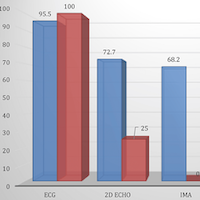
A Promising Biomarker for Early Detection of Acute Coronary Syndrome (ACS)
As found in our study, among the biomarkers used, the diagnostic accuracy of IMA was the highest and better than that of cardiac troponin I and CK-MB. Although ECG is the preferred diagnostic tool for diagnosing ACS (STEMI,... read more

Checklists and Consistency of Care After Resuscitation From IHCA
In-hospital cardiac arrest (IHCA) with the return of spontaneous circulation (ROSC) is a clinical scenario associated with potentially devastating outcomes. Our study demonstrated improved consistency in completing post-ROSC... read more

Deep Learning-based Electrocardiographic Screening for Chronic Kidney Disease
Undiagnosed chronic kidney disease (CKD) is a common and usually asymptomatic disorder that causes a high burden of morbidity and early mortality worldwide. We developed a deep learning model for CKD screening from routinely... read more

Predicting Deterioration of Sepsis Patients Using Continuous HVR Analysis
We showed that continuous electrocardiograms (ECG) recordings can be automatically analyzed and used to extract heart rate variability (HRV) features associated with clinical deterioration in sepsis. The predictive accuracy... read more

Emergency vs. Delayed Catheterization in Survivors of OHCA
In this randomized clinical trial, for patients who experience an out-of-hospital cardiac arrest (OHCA) without ST-segment elevation on ECG, a strategy of emergency CAG was not better than a strategy of delayed CAG with respect... read more
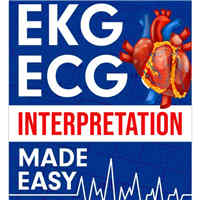
EKG/ECG Interpretation Made Easy
In this guide, you will understand how ECGs are performed, what they represent about the heart, and what it means to see something you don't think is normal. Before you get into the hard stuff—the actual interpretation... read more
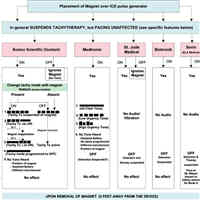
Clinical Applications of Magnets on Cardiac Rhythm Management Devices
The growing indications for permanent pacemaker and implantable cardioverter defibrillator (ICD) implantation have increased the number of patients with these cardiac rhythm management devices (CRMDs). Cardiac rhythm... read more

Percussion Pacing – An Almost Forgotten Procedure for Hemodynamically Unstable Bradycardias?
More than 80 years after its first description by Eduard Schott, percussion (fist) pacing remains a little known procedure even though it represents an instantly available and easy to perform treatment for temporary emergency... read more
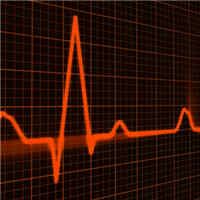
Change in Out-of-Hospital 12-lead ECG Diagnostic Classification in Patients Resuscitated From OHCA
Change in 12-lead ECG classification from OH to ED setting in patients resuscitated from out-of-hospital cardiac arrest (OHCA) was common (49%). The OH STEMI classification changed to a less ischemic (non-STEMI) ED classification... read more

What the Flecainide is going on here?
A 54-year-old woman is brought to the emergency department for palpitations. In triage she has a heart rate of 120 bpm, BP 143/89, SpO2 99%. Shortly after being roomed, she begins to complain of worsening symptoms and looks... read more
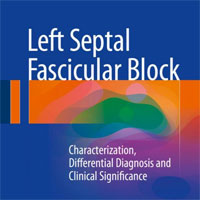
Left Septal Fascicular Block
This book provides clinical and electrovectorcardiographic evidence of the existence of left septal fascicular blocks and demonstrates the clinical importance of these blocks in the clinical scenario of acute coronary syndrome.... read more
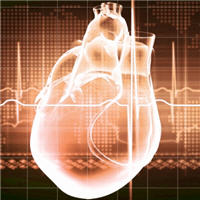
Resumption of Cardiac Activity after Withdrawal of Life-Sustaining Measures
After withdrawal of life-sustaining measures, transient resumption of at least one cycle of cardiac activity after pulselessness occurred in 14% of patients according to retrospective analysis of waveforms; only 1% of such... read more

ECG Pointers: Cocaine and ST Elevation
This ECG comes from a 21-year-old male with a history of cocaine abuse. When I say ‘history’, I mean that he just snorted some cocaine and now he has chest pain. He looks uncomfortable and sweaty, and keeps... read more
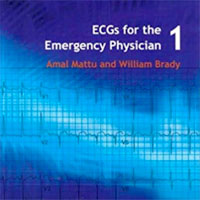
ECG’s for the Emergency Physician 1
With over 200 traces to test your knowledge, this book is a first class learning tool for emergency physicians. Basic student-level knowledge of ECGs is assumed, so the reader can move directly to learning about the more... read more




